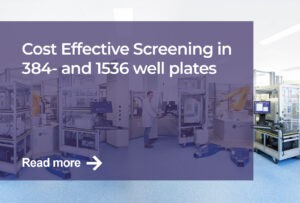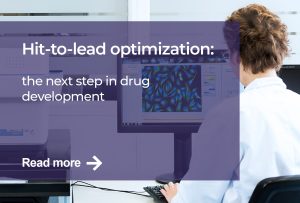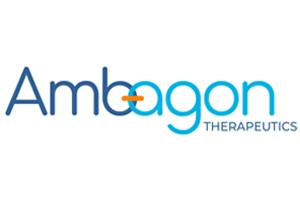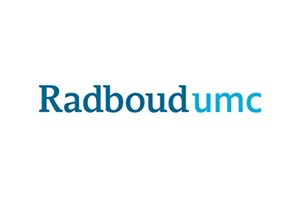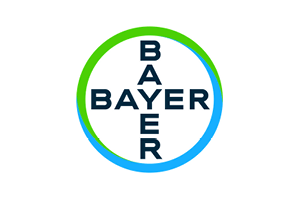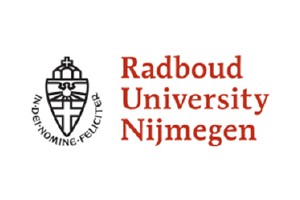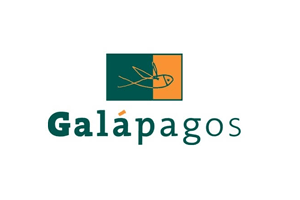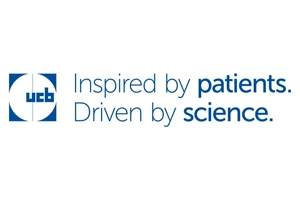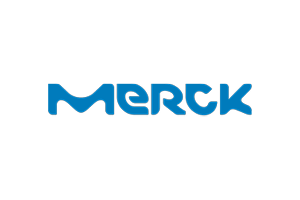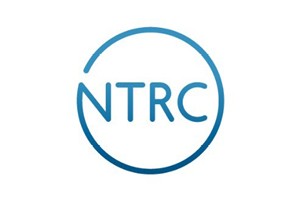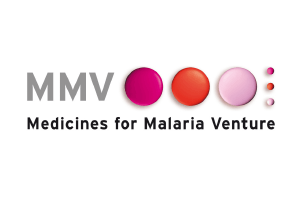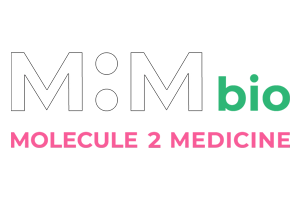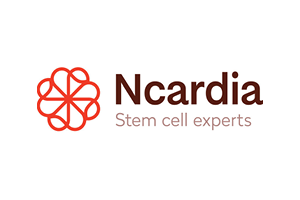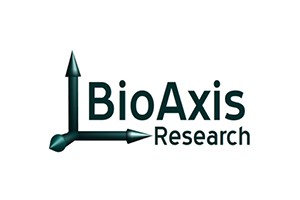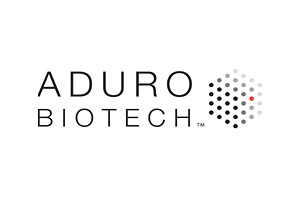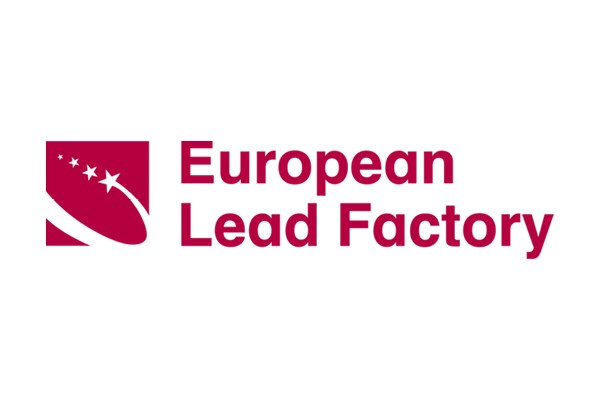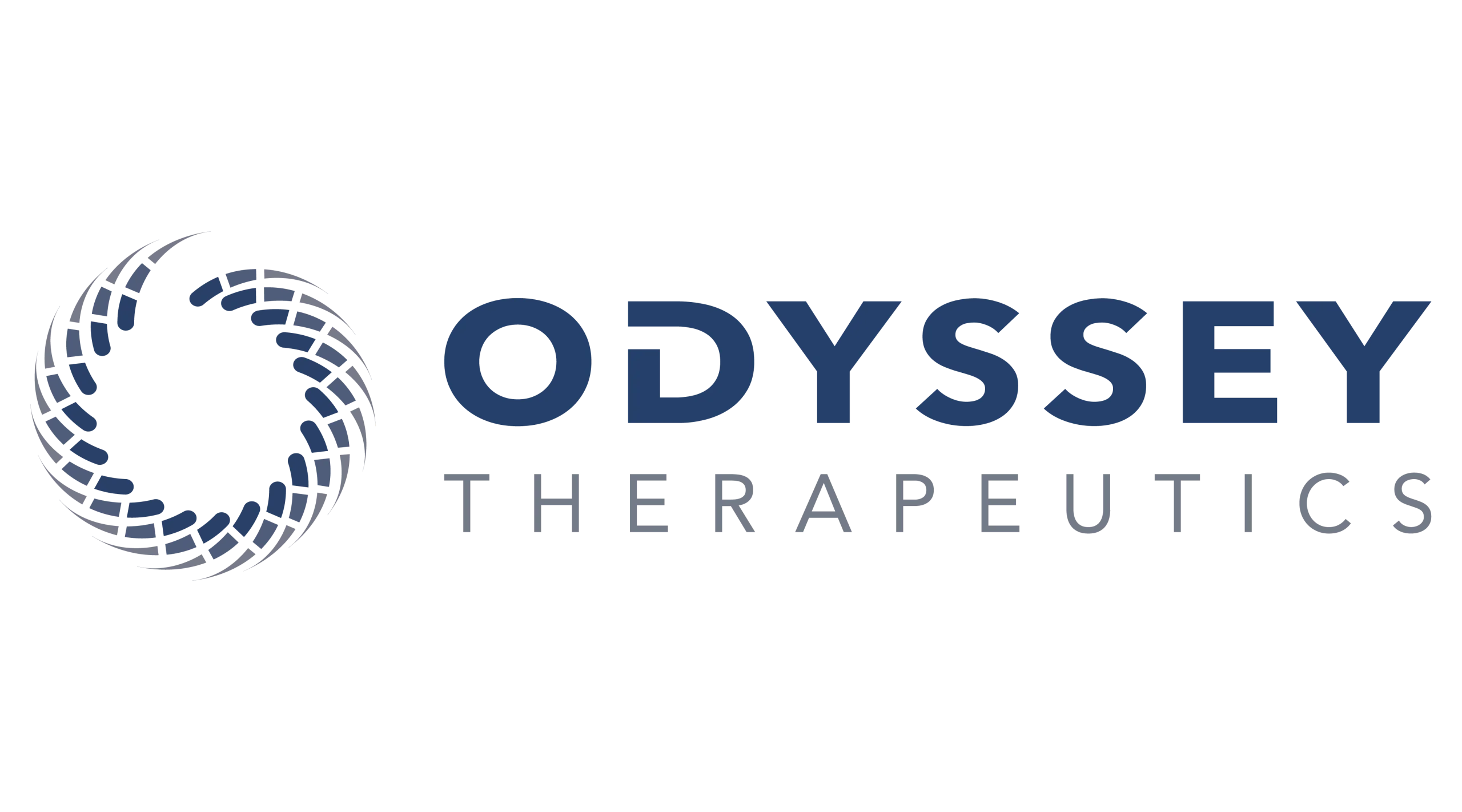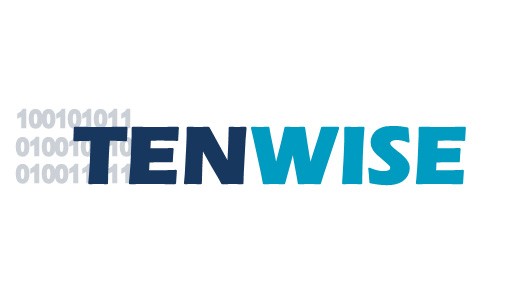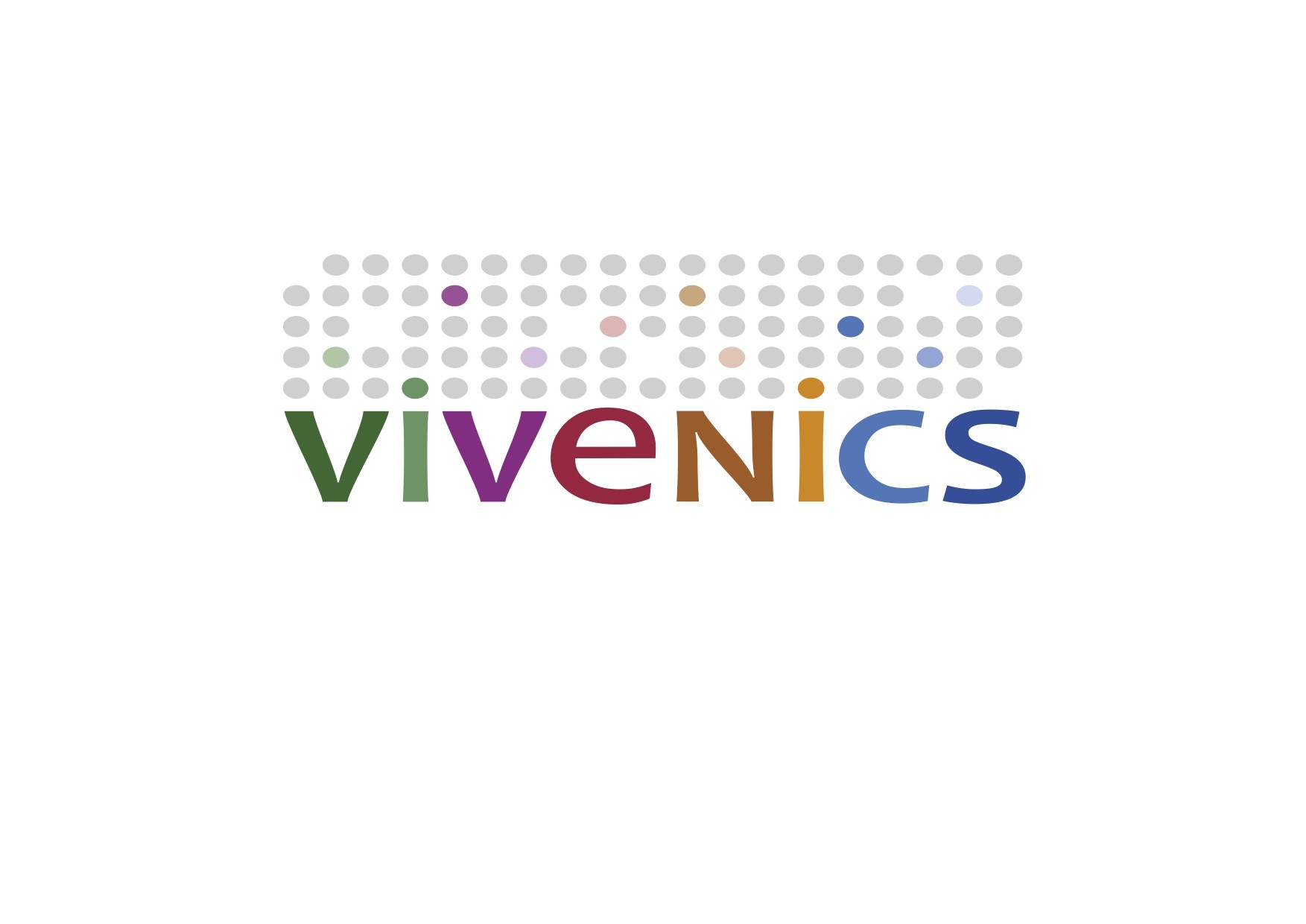In the world of scientific research, the choice of analytical techniques plays a crucial role in the quality and depth of insights gained. Researchers carefully consider the use of label-based and label-free assays that best suits their specific needs depending on the pros and cons of each approach. What if you can benefit from the best of both worlds? Partnering with a service provider like Pivot Park Screening Centre that offers both label-based and label-free assays becomes evident.
Label-Based Assays: Enhancing Sensitivity and Multiplexing
As the name implies, label-based assays involve tagging or labeling of target molecules (often proteins) in a biochemical or cellular setup with surrogate markers like fluorescent dyes . This approach has several distinct advantages compared to label-free assays:
Label-based assays are renowned for their exceptional sensitivity due to signal enhancement. These assays can detect trace amounts of markers, making them ideal for studies where precision is of the utmost importance, like in drug discovery.
Secondly, researchers can efficiently perform complex label-based assays by multiplexing. This means introducing multiple markers in one sample that can be simultaneously or sequentially measured. Multiplexing of assays, saves time, and sample material.
Thirdly, quantifying label-based assays is often more straightforward than label-free assays, as calibration curves can be easily generated using labeled standards. As a result, label-based assays provide accurate and quantitative (kinetic) data.
Lastly, labels are adaptable and can be introduced in a scala of target types, including proteins, nucleic acids, and small molecules.
Label-Free Assays: Measuring Endogenous Targets
In contrast to label-based approaches, label-free techniques are developed to measure endogenous targets in a biochemical or cellular setup without introducing surrogate markers, like in a thermal shift assay (TSA) or conventional fluorogenic enzymatic assays. These techniques often rely on changes in physical or chemical properties during interactions or enzymatic reactions.
The main advantages of label-free assays compared to label-based assays:
In label-free approaches, the native state of the molecules being studied is preserved that is especially crucial when studying delicate or sensitive biomolecules. Markers that are introduced to a target can interfere with the natural behavior of a target that may alter the function of the target and thereby affect the accuracy of the assay results. Label-free techniques minimize target interference, providing a more authentic representation of molecular behavior and interactions.
Secondly, there is no technical interference of tags in label-free assays. For example studying the enzyme activity with a fluorescent marker might lead to false positives and negatives due to the chemical properties of the compounds, albeit one needs to account for isobaric interferences.
Thirdly, the absence of markers allows tailored assay optimization for various molecules and experimental conditions. They are versatile and suitable for studying various types of interactions, including binding affinities, enzymatic reactions, conformational changes in a more native environment. They are even ideal for cellular readouts to quantify lipids, metabolites, glycans, and proteins.
Lastly, label-free techniques are more cost-effective in terms of time and resources compared to label-based approaches. Eliminating labeling steps reduces the overall complexity and expense of the experimental process. Because label-free assays are amenable to high-throughput screening, researchers can analyze many samples relatively quickly.
Why choose a partner offering both options?
Altogether, the choice of studying a target with either label-based or label-free assays highly depends on the specific goals of the experiment, the characteristics of the molecules being studied, and the available resources. Research projects often require multiple assays based on both approaches to obtain a comprehensive understanding of their targets. This is where partnering with Pivot Park Screening Centre that offers both label-based and label-free options becomes of high value:
Having access to a wide range of assay techniques, allows clients to tailor their experiments to their specific needs. This flexibility is especially advantageous in multidisciplinary research and drug development, where a one-size-fits-all approach is rarely effective.
Additionally, partnering with Pivot Park Screening Centre offering both label-based and label-free assays can also be cost-effective by avoiding unnecessary expenses associated with a single, rigid approach.
Last and most important, our experienced scientists have knowledge and expertise in a large number of label-based and label-free approaches to provide comprehensive insight into the experimental setup. The guidance of selecting the right assay is invaluable in ensuring the success of a project and generating meaningful data.
In conclusion, the choice between label-based and label-free assays should be driven by the specific needs and nature of the research. By partnering with a service provider that offers both, scientists can harness the full spectrum of insights these techniques offer, ultimately advancing their research and scientific understanding.
Find out how we can support you in your drug discovery process

